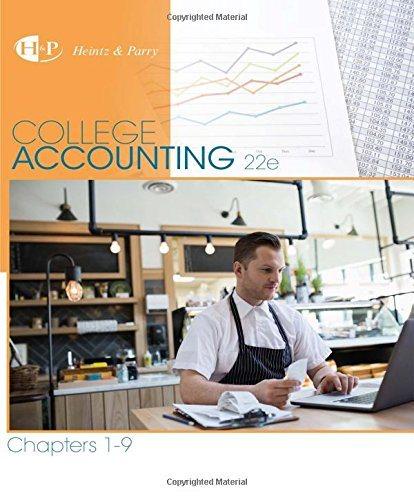Relling Corporation manufactures a drink bottle, model CL24. During 2020, Reling produced 250,000 bottles at a total cost of $900,000. Young Corporation has offered to supply as marry bottles as Relling wants at a cost of $3.50 per bottle. Relling anticipates needing 263,000 bottles each year for the next few years. Read the requirements per bottle is Requirement la. What is the average cost of manufacturing a drink bottle in 2020? How does it compare to Young's offer? The average cost of 36 greater than Young's offer. Requirement lb. Can Rolling use the answer in requirement la to determine the cost of manufacturing 263,000 drink bottles? Explain Relling cannot take the average manufacturing cost in 2020 to determine the total cost of manufacturing 263,000 drink bottles. The reason is that some of the total costs are fixed costs and some are variable costs Requirement 2. Relling's cost analyst uses annual data from past years to estimate the following regression equation with total manufacturing costs of the drink bottle as the dependent variable and drink bottles produced as the independent variable: y = $438,000 $2.00x. During the years used to estimate the regression equation, the production of drink bottles varied from 240,000 to 273,000. Using this equation, estimate how much it would cost Relling to manufacture 263,000 drink bottles. How much more or less costly is it to manufacture the bottles rather than to acquire them from Young? Estimate how much it would cost Relling to manufacture 263,000 drink bottles, then calculate the cost to purchase the bottles. Estimated cost to make the bottles Cost to purchase the bottles It will cost to purchase the bottles rather than manufacture them in-house. Requirement 3. What other information would you need to be confident that the equation in requirement 2 accurately predicts the cost of manufacturing drink b (Select all that apply.) A. Does the slope of the regression line indicate that a strong relationship exists between manufacturing costs and the number of drink bottles produced? B. Is the relationship between total manufacturing costs and quantity of drink bottles economically plausible? C. How good is the goodness of fit? That is, how well does the estimated line fit the data? D. Can Relling's competitors manufacture drink bottles at a cost less than Rolling









